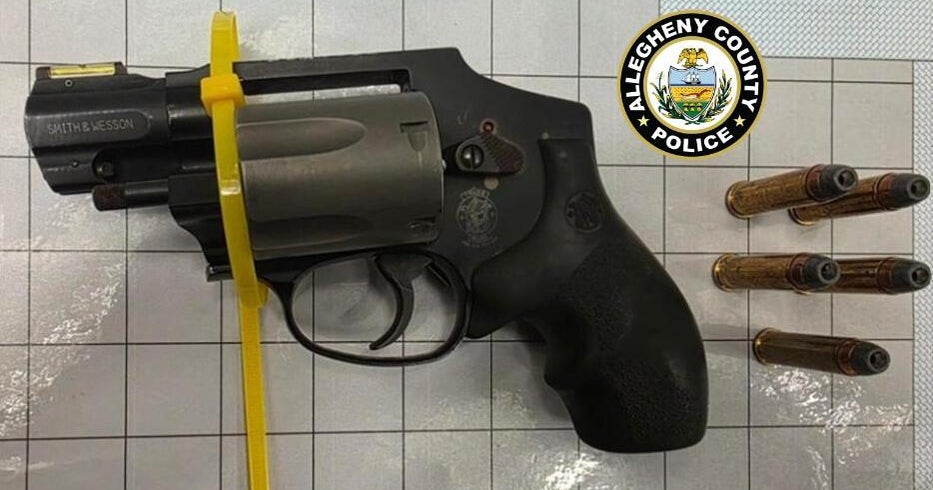New Contacts Can Improve Your Vision While You Sleep
PITTSBURGH (KDKA) -- What if you could sleep your way to better vision?
"It got to a point in my life where I had to, I was wearing contacts, and I needed glasses to read," says Eileen Cutrone of Wexford.
It was an option she was willing to try, and not as drastic or permanent as surgery.
"Originally, we were talking about LASIK, and this was just to get you used to how it would be," she explains.
Ever since contact lenses came about in the 1950s, reshaping the cornea has been shown to slow down nearsightedness.
"In the last 10 years, we can now do a procedure to reshape the cornea at night while the patient sleeps," says Dr. Noah Eger, an optometrist at the Eger Eye Group.
Unlike soft contact lenses, these are rigid -- but they have tiny pores so that the cornea, the clear part on the front of the eye, can get oxygen.
"The center of the lens is flat," explains Dr. Eger. "It's kind of like wearing a retainer at night."
The contact lens is taken out after seven to eight hours of sleep. The cornea then stays flat, and light rays are better focused on the back of the eye for sharper vision.
"You can tell immediately that it worked," Eileen describes. "It's just nice you can still see after it's out."
The effect is temporary though. Three to four hours at first. Eventually eight to 12 hours with regular nightly use. And then, after several months, you can even skip nights and still see.
"I can see for a couple days without putting it back in," she says.
While some people need time to get used to them, Eileen has had no problems.
"It's just like a regular contact lens," she said. "You just put it in. Sometimes it doesn't work if I go to sleep and it's not on the center of my eye, it won't work, so I just pop it in for the day."
The ideal patient has a young, moldable cornea, and a strong family history of nearsightedness. The idea is to slow that tendency down.
"Around the ages of 11 to 13 is the most ideal age to start," says Dr. Eger.
And it's only for people who need mild vision correction -- no more than a minus six prescription with a little bit of astigmatism.
Dr. Eger's practice has about 40 patients who use this type of lens. That's out of 4,000 contact lens patients total.
And as with any medical device, it is not risk free.
"Any time you sleep in a contact lens, there are some risks that you take. Infections, specifically corneal infections," he says. "There have been no reported cases of blindness in the United States."
It's $1,000 to get fitted, and lenses are $200 each.
"Rarely does insurance pay for it entirely," he cautions.
For Eileen, for the past nine years, it's been worth it.
"I love it," she says. "It's nice not to have to wear glasses or contacts."
RELATED LINKS
More Local News
More Health News
More Reports From Dr. Maria Simbra



